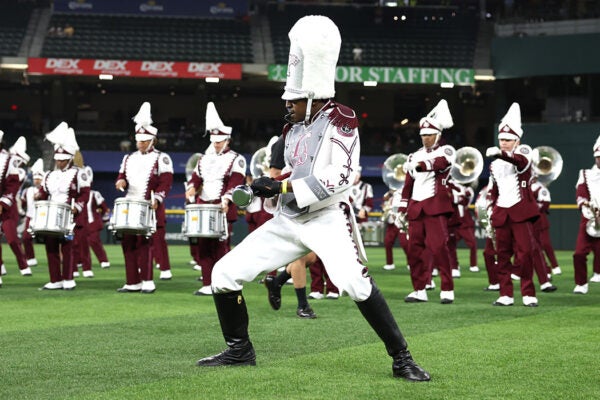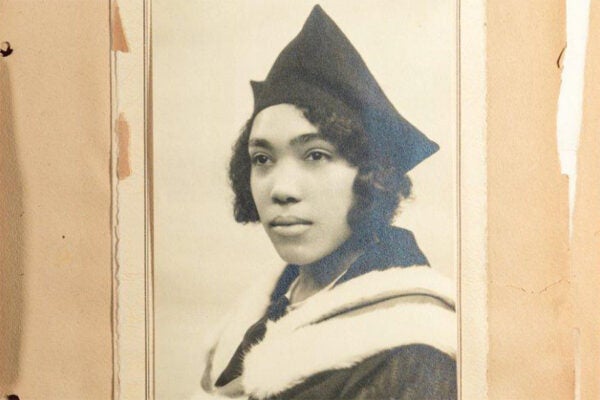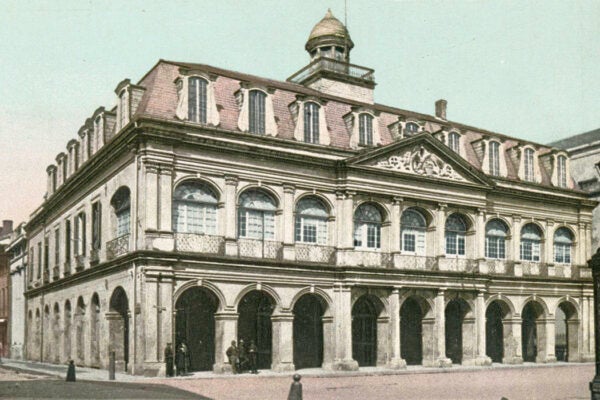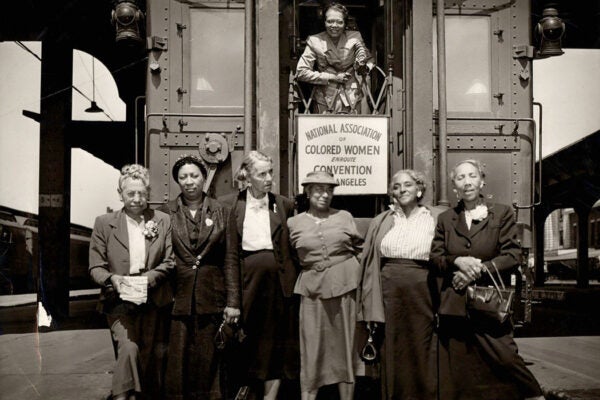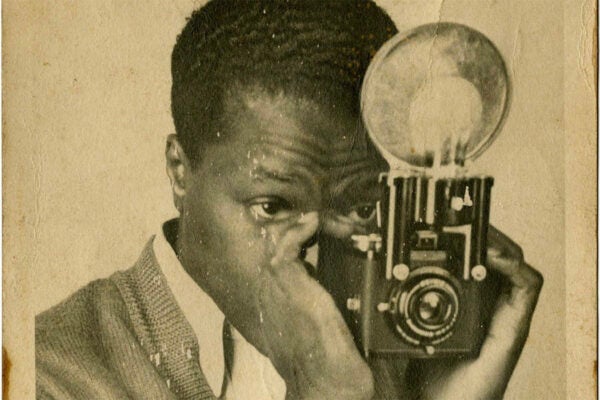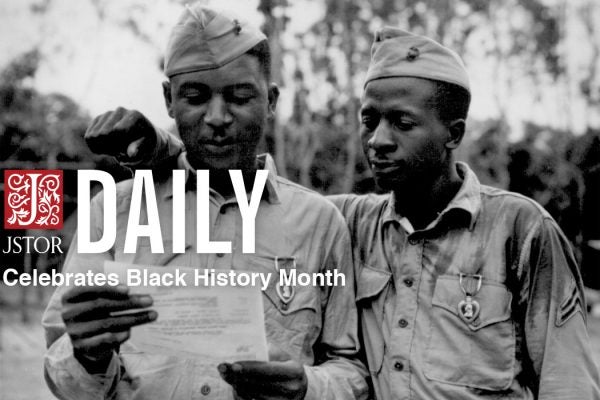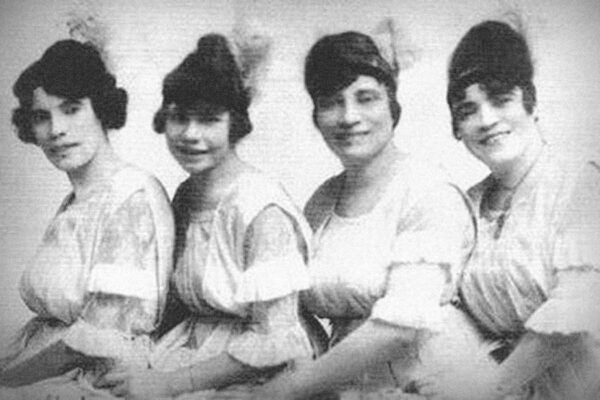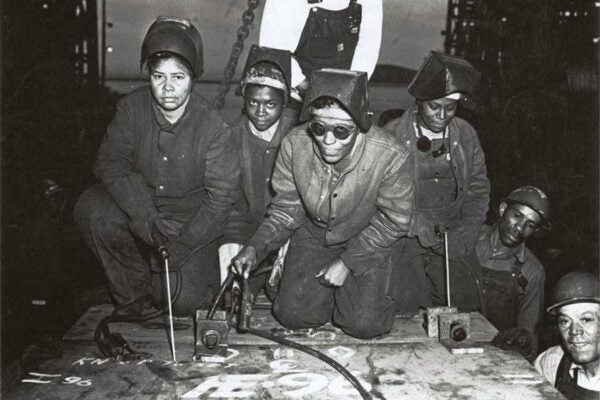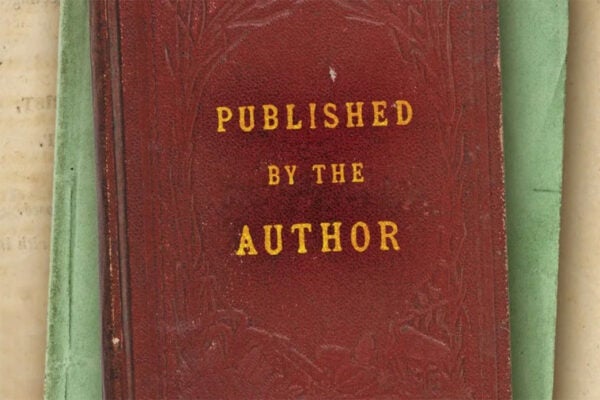Black Midwestern Studies: A Reading List
This primer on Black Midwestern Studies examines the factors shaping communities of color in America’s “flyover country,” long mistaken as a place of normative whiteness.
The Storied History of HBCU Marching Bands
Marching bands at historically Black colleges and universities can be seen as both celebratory emblems and complicated arbiters of Black American culture.
The Trailblazing Merze Tate
A celebrated historian of race and imperialism, Tate was an intrepid traveler who avidly shared her passion and meticulously documented her journeys.
Eulalie Mandeville’s Fortune in Court Records
Court records can function as a kind of archive for those without any other paper trail in history: free people of color and the enslaved.
Toledo’s Most Singular Pharmacist
The Ella P. Stewart Scrapbooks offer insight into the life and legacy of a pioneering Black woman who broke color barriers and helped birth the fight for civil rights.
Seeking Clues in Cabinet Cards
The poignant images, at once banal and intimate, in the Lynch Family Photographs Collection contain mysteries perhaps only the public can solve.
Celebrating Black History Month
JSTOR Daily editors pick their favorite stories for Black History Month.
The Wonderfully Complex Whitman Sisters
A popular act on the Black vaudeville circuit, the Whitman Sisters relied on a reputation for strong morals while challenging racial and gender codes.
In the Shipyards of San Francisco
Photographer E. F. Joseph captured the dignity of the hundreds of Black women and men who worked on SS George Washington Carver during World War II.
Self-Publishing and the Black American Narrative
Bryan Sinche’s Published by the Author explores the resourcefulness of Black writers of the nineteenth century.

